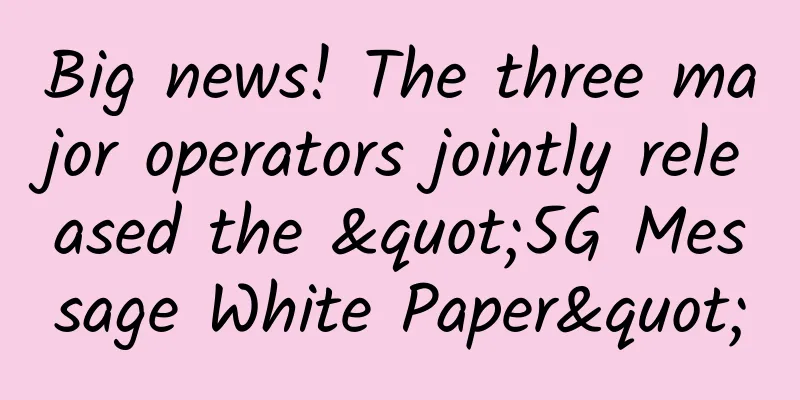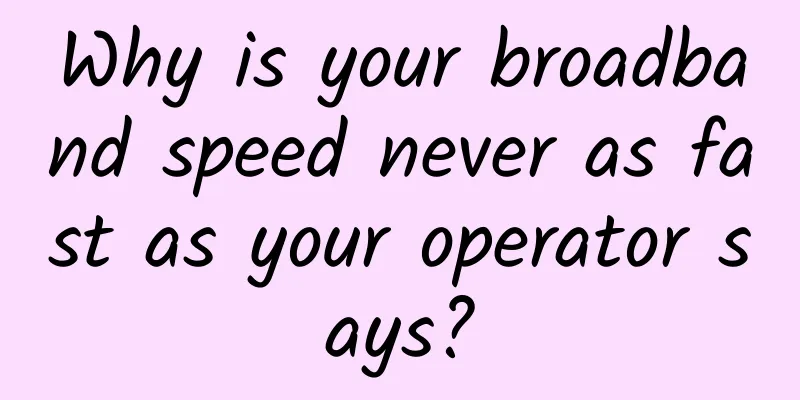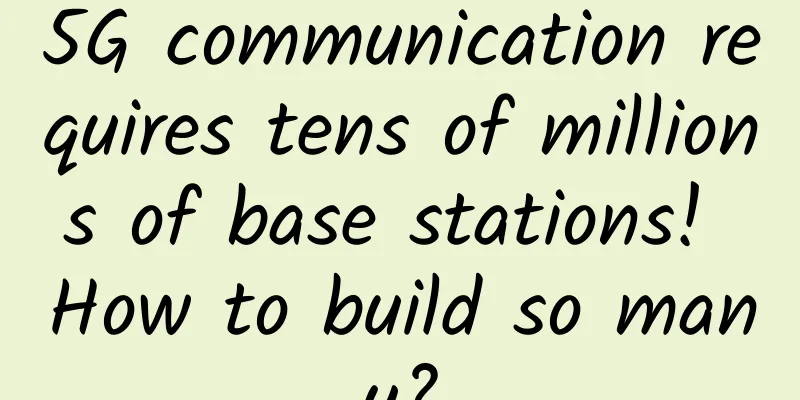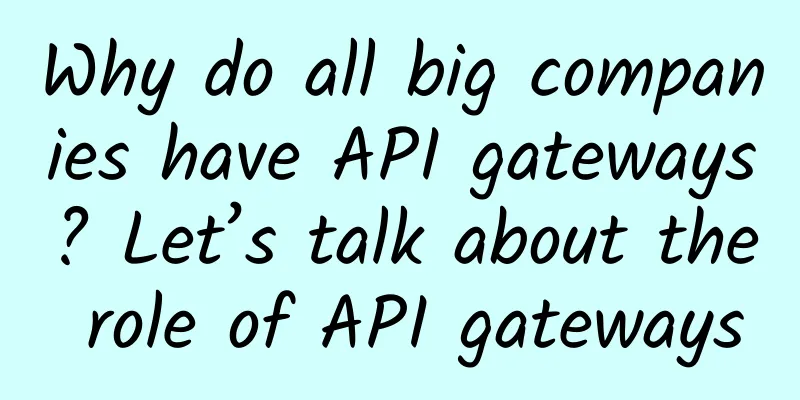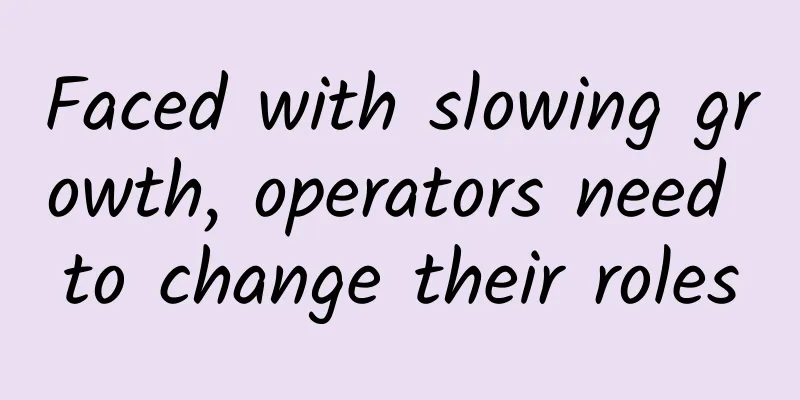Learn about MQTT protocol in one article
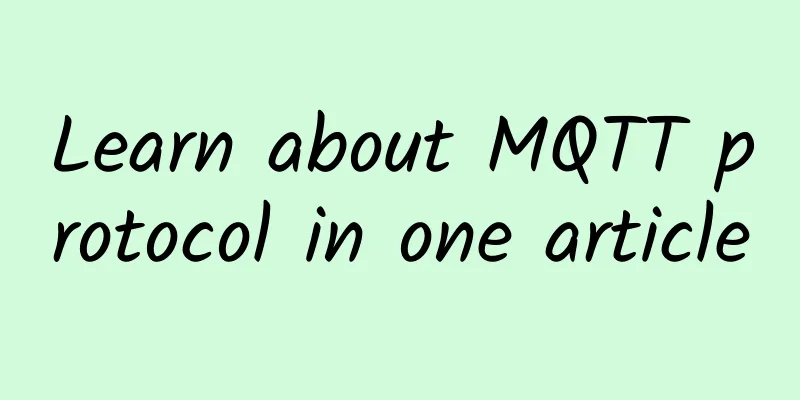
|
Today we will talk about the MQTT protocol in detail, because many messages now support the MQTT protocol, such as RabbitMQ and Kafka, etc. Today we will introduce in detail what the MQTT protocol is. What is MQTT protocolMQTT is a message queue transmission protocol that uses a subscription and publishing mechanism. Subscribers only receive data they have subscribed to, and do not receive non-subscribed data. This ensures the exchange of necessary data and avoids the storage and processing of invalid data. Therefore, it is widely used in the field of the Internet of Things, the communication between sensors and servers, and the collection of information. Since it is a protocol, if compared with the TCP/IP protocol, which layer is it located in the layering? I mentioned before that the TCP/IP reference model can be divided into four layers: application layer, transport layer, network layer, and network interface layer. TCP and UDP are located in the transport layer, and common protocols in the application layer include HTTP, FTP, SSH, etc. The MQTT protocol runs on top of TCP and belongs to the application layer protocol. Therefore, MQTT can be used wherever the TCP/IP protocol stack is supported. Main features of MQTT protocol1) Open message protocol, simple and easy to implement. 2) Use the publish/subscribe messaging model to provide one-to-many message publishing and decouple applications. 3) Message transmission with content shielding of the payload (application data carried by the protocol). 4) Based on TCP/IP network connection, it provides orderly, lossless, bidirectional connection. The mainstream MQTT pushes data based on TCP connection, but there is also a UDP-based version called MQTT-SN. Since these two versions are based on different connection methods, their advantages and disadvantages are naturally different. 5) Message Quality of Service (QoS) support, reliable transmission guarantee; there are three message publishing service qualities: QoS0: "At most once", message publishing is completely dependent on the underlying TCP/IP network. Message loss or duplication may occur. This level can be used in the following situations: environmental sensor data, it does not matter if a reading record is lost once, because there will be a second send soon. This method is mainly used for ordinary APP push. If your smart device is not connected to the Internet when the message is pushed, it will not be received when it is pushed, and it will not be received when it is connected to the Internet again. QoS1: "At least once", which ensures that messages arrive, but message duplication may occur. QoS2: "Only Once" ensures that the message arrives once. This level can be used in some billing systems with strict requirements. In the billing system, duplicate or lost messages will lead to incorrect results. This highest quality message publishing service can also be used for push notifications of instant messaging apps to ensure that users receive it and only receive it once. What does this Qos0 mean? If you use this Qos0 configuration as the publishing quality, let's take the client and server as an example. The client sends a message to the server, but the server does not receive it. The configuration is "at most once". At this time, the client will not continue to send the same message to the server. I don't care whether you receive it or not. I configure it to be at most once. Similarly, QoS1 is at least once, that is, when the client sends a message to the server, if there is no guarantee that the message will arrive, it may continue to send. I don’t care how many times I send it, as long as you don’t tell me that you received the message, then I will send it! QoS2 is relatively rigorous. Why? It is equivalent to the client sending a message to the server. At this time, it is required to ensure that the client sends it once and the server receives it once. This is equivalent to the concept of only once. 6) Small transmission, low overhead (fixed-length header is 2 bytes), and minimal protocol exchanges to reduce network traffic. That is why it is said in the introduction that it is very suitable for "communication between sensors and servers and information collection in the field of Internet of Things". It should be noted that the computing power and bandwidth of embedded devices are relatively weak, and it is more suitable to use this protocol to transmit messages. MQTT Message
The fixed header format is as follows: Bits 0-3 of the fixed header are flag bits, and the value of bits 4-7 of the first byte specifies the message type.
In fact, these types are also some methods (also called actions) defined in the MQTT protocol to represent operations on certain resources. This resource can represent pre-existing data or dynamically generated data, depending on the implementation of the server. Generally speaking, resources refer to files or outputs on the server. MQTT protocol implementationThe implementation of the MQTT protocol requires communication between the client and the server. During the communication process, there are three identities in the MQTT protocol: publisher (Publish), broker (Broker) (server), and subscriber (Subscribe). Among them, the publisher and subscriber of the message are both clients, the message broker is the server, and the message publisher can be a subscriber at the same time. Messages transmitted by MQTT are divided into two parts: Topic and Payload: 1) Topic, which can be understood as the type of message. After the subscriber subscribes (Subscribe), he will receive the message content (payload) of the topic. 2) Payload, which can be understood as the content of the message, refers to the specific content that the subscriber wants to use (limited size). MQTT message model based on subscription and publicationThe process of sending and receiving MQTT messages:
It is a little different from the traditional queue. If ClientB subscribes to Topic1 after ClientA publishes a message, ClientB will not receive the message. That’s all I know about the basics of MQTT. When I learn new things about MQTT in the future, I will continue to share them with you. |
Recommend
Ruishu Information: The fast-moving consumer goods industry faces severe API attacks, and API security governance is imperative
In the digital age, traditional fast-moving consu...
Finding strength in numbers: Data center agglomeration effect
In the past, data centers were often built in rem...
Huawei Mate X is a new species. You think foldable phones are simple!
In the mobile phone industry in 2019, foldable sc...
Forcepoint releases 2017 cybersecurity predictions
[[179053]] Forcepoint , a global cybersecurity le...
In addition to the ping command, these network commands are also very useful
What we are going to talk about today is other co...
Ten major trends in the future of industrial Internet
In recent years, major countries around the world...
GitHub requires two-factor authentication for all accounts!
GitHub has announced that before 2023, all develo...
Software-defined home products improve remote productivity
As a result of the pandemic, tens of millions of ...
After 20 years of growing together with Chinese users, F5's "From Code to Users" concept will start again in 2020!
[51CTO.com original article] At 9:00 am on May 20...
How 5G accelerates the development of the digital economy
Today, 5G construction is in full swing and gradu...
Huawei Intelligent Computing Conference calls for building an open Kunpeng + Ascend computing ecosystem to achieve win-win in the era of diverse computing
[51CTO.com original article] On August 29, during...
5G operators reshuffle four operators 2.5 networks
China Telecom and China Unicom jointly announced ...
SmartHost: VPS 40% off, starting from $1.7/month, 29 computer rooms, optional AMD Ryzen+NVMe, optional large hard disk
SmartHost has just launched a Memorial Day 40% OF...
5G, which frequently appears on hot searches, has really "broken the circle" in 2021!
It has been two years since the 5G license was is...
Prefabricated Data Centers – Winning Edge Data Centers
Speed is critical for data. Data is being gener...

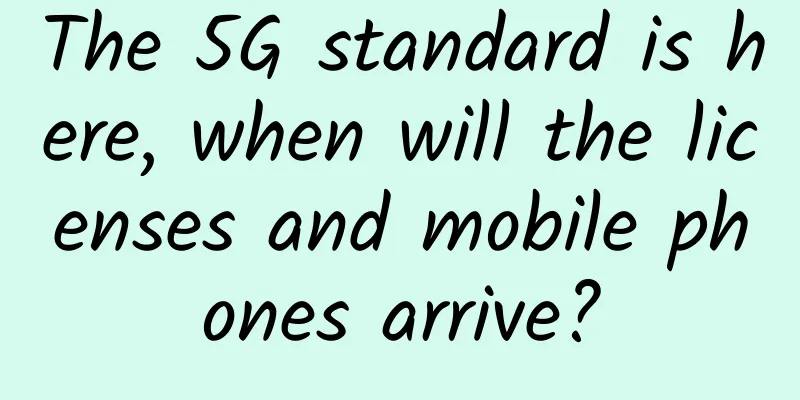
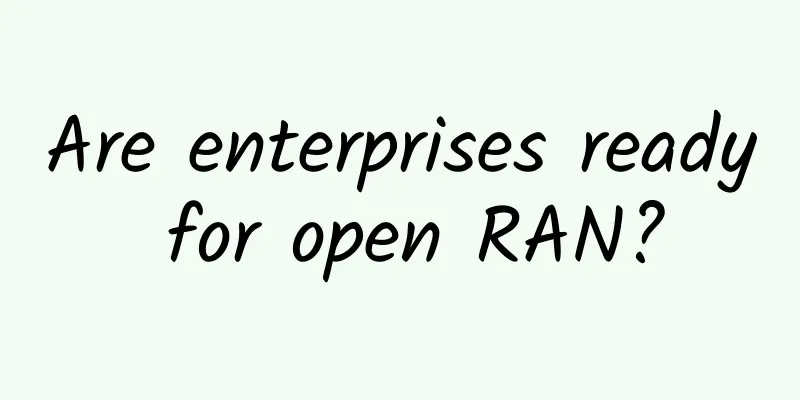
![[12.12] Megalayer: 399 yuan/month-E3-1230/8GB/240G SSD or 1TB HDD/15M/Hong Kong server](/upload/images/67cabcc3c5bad.webp)

